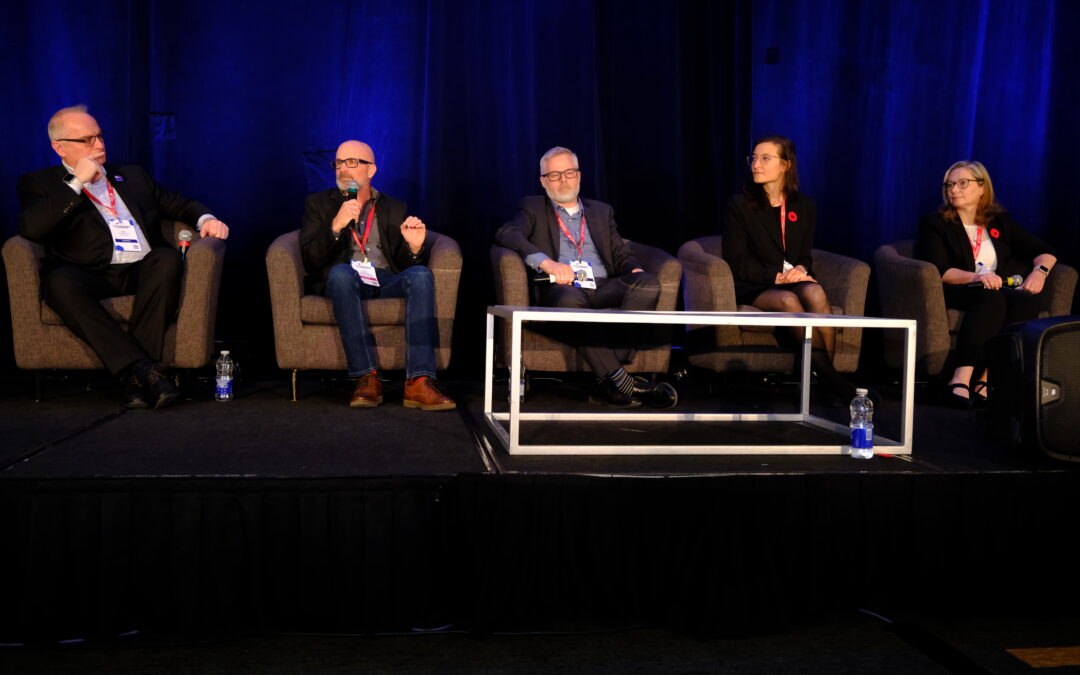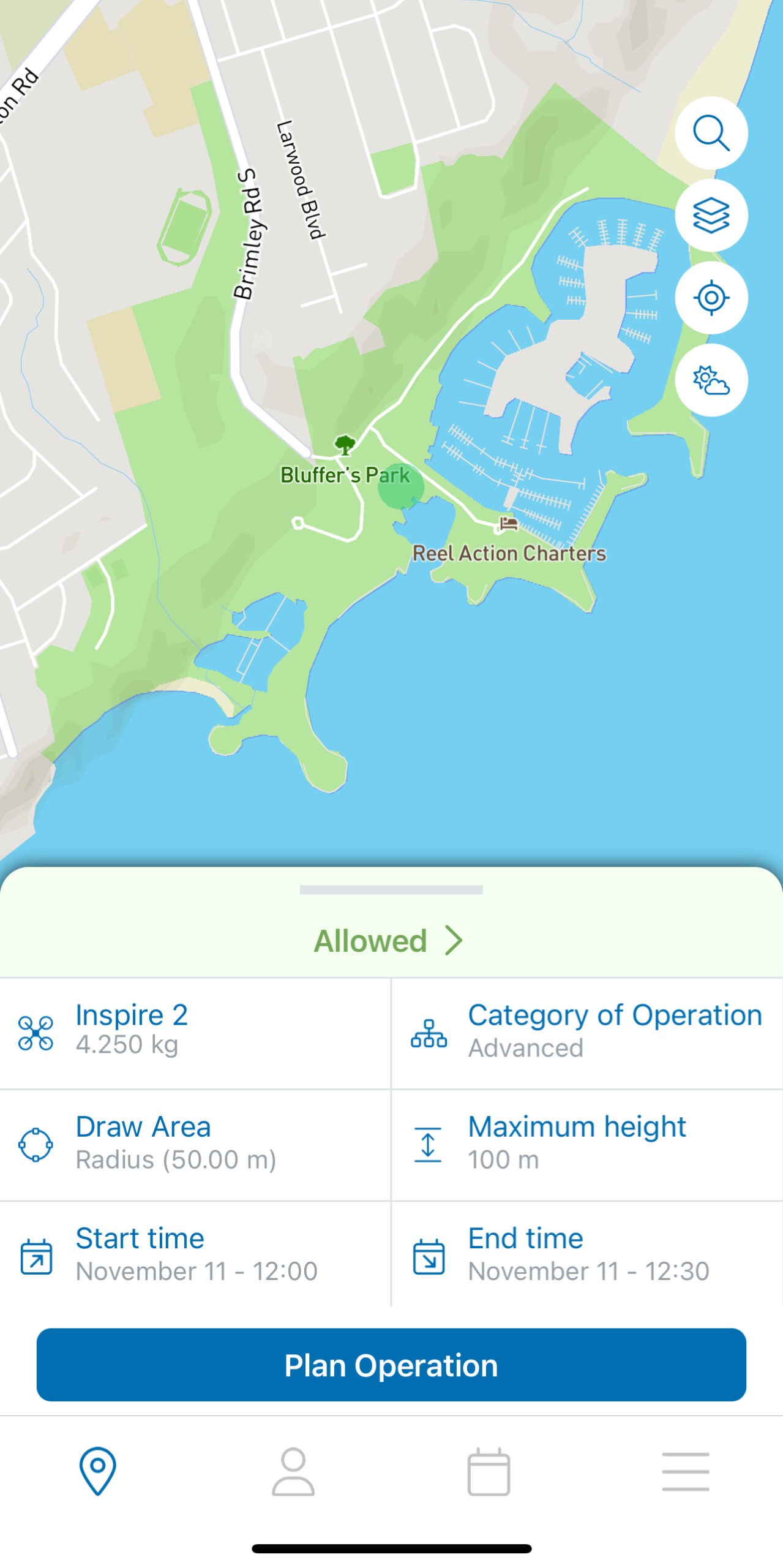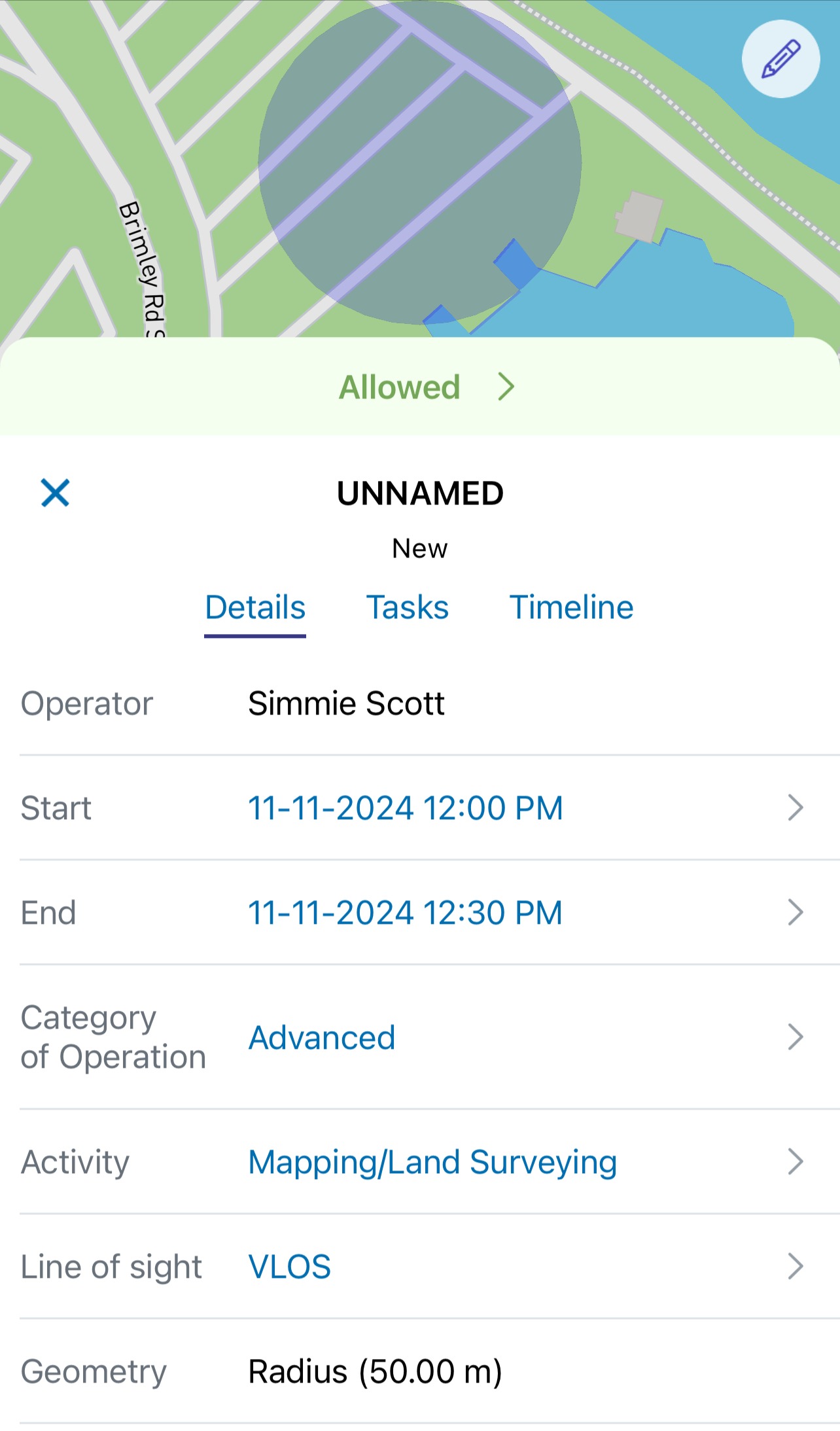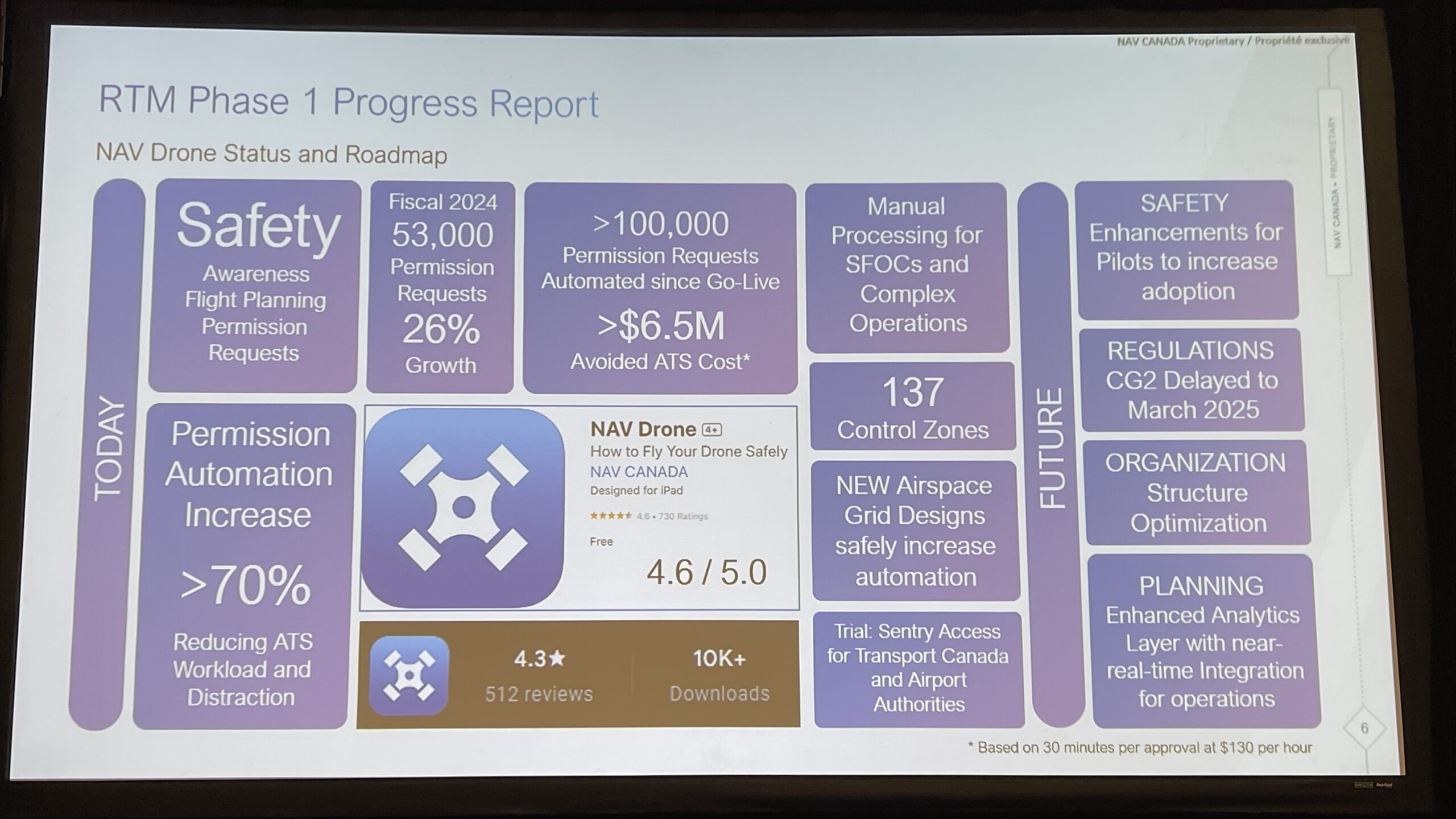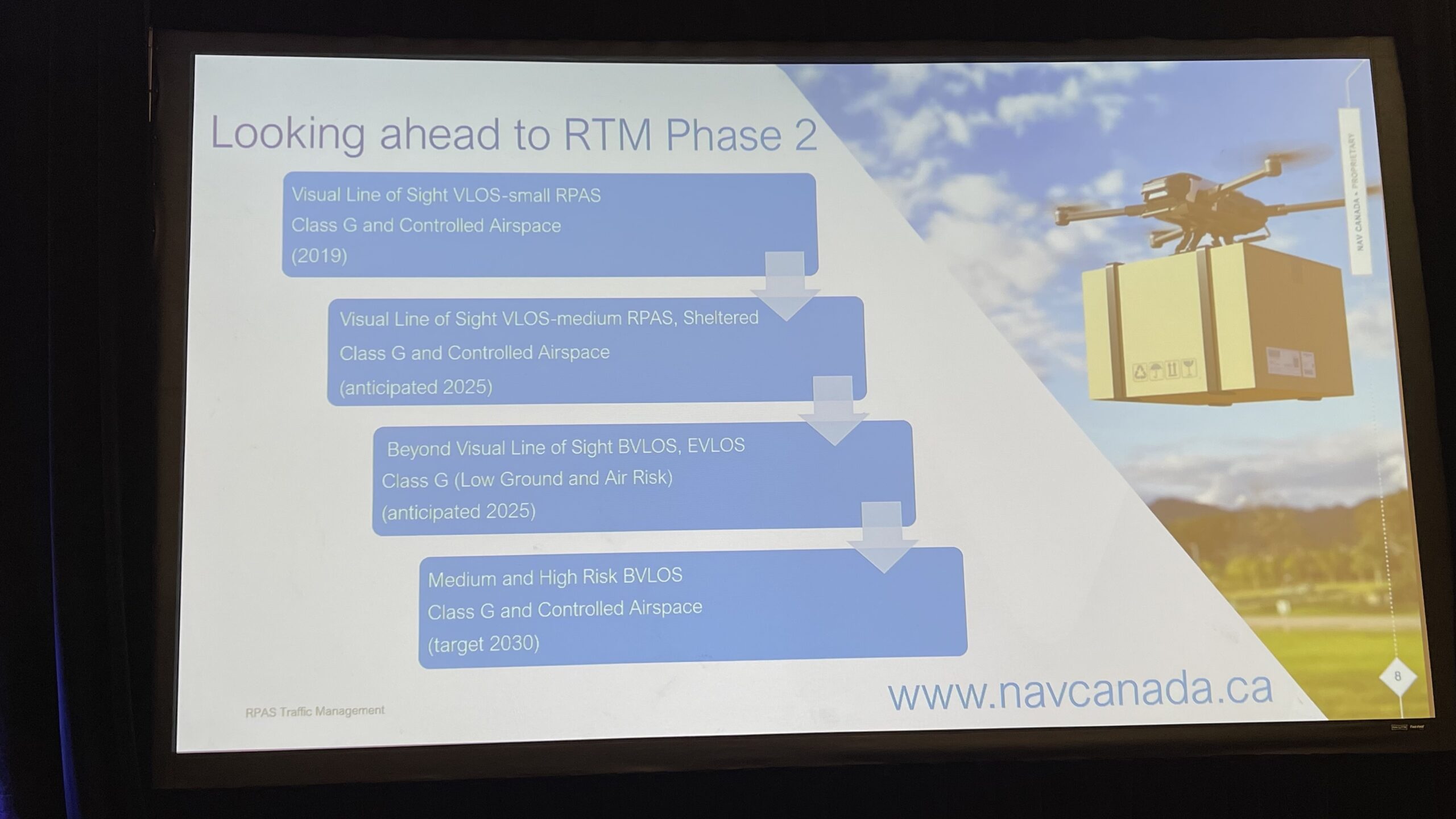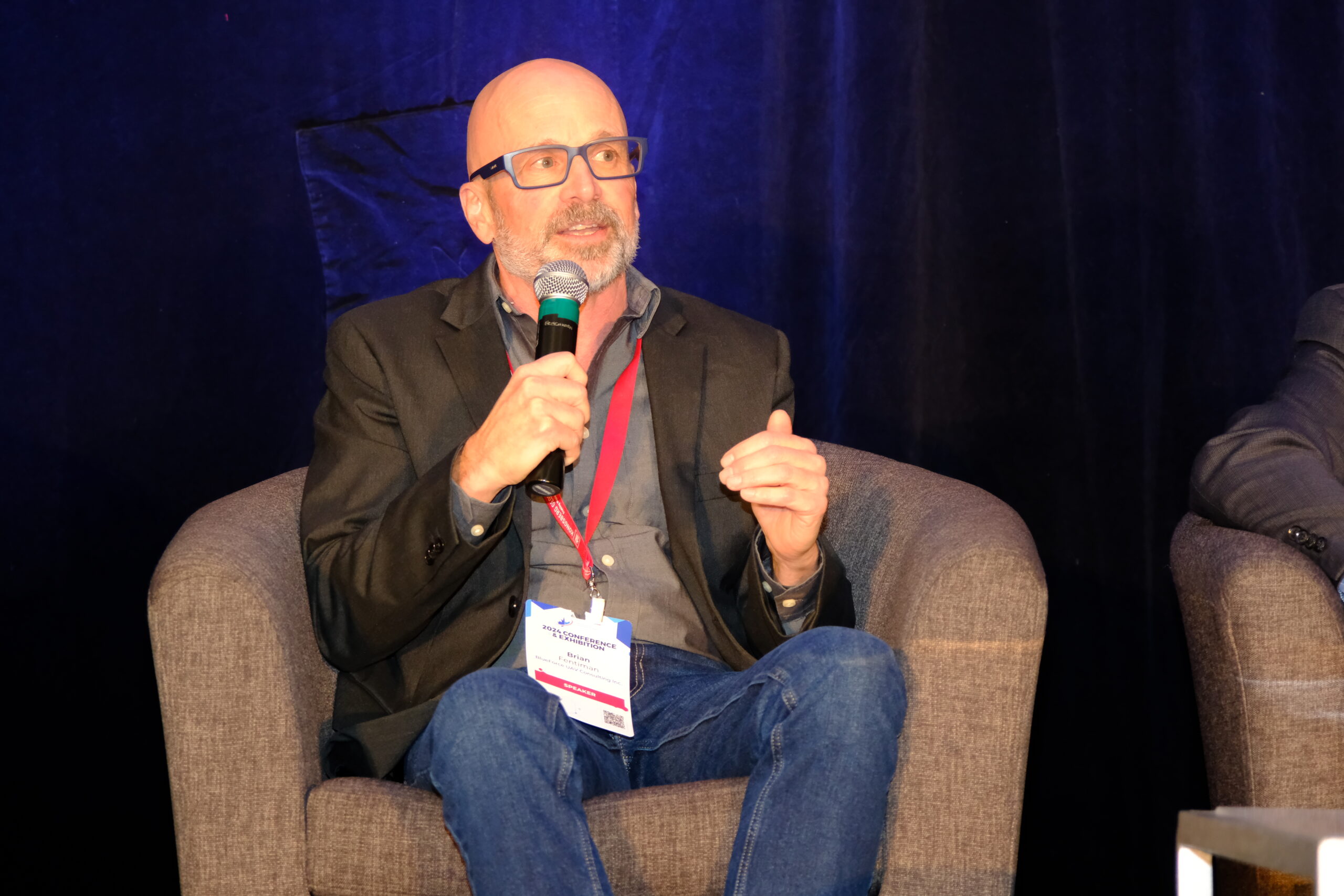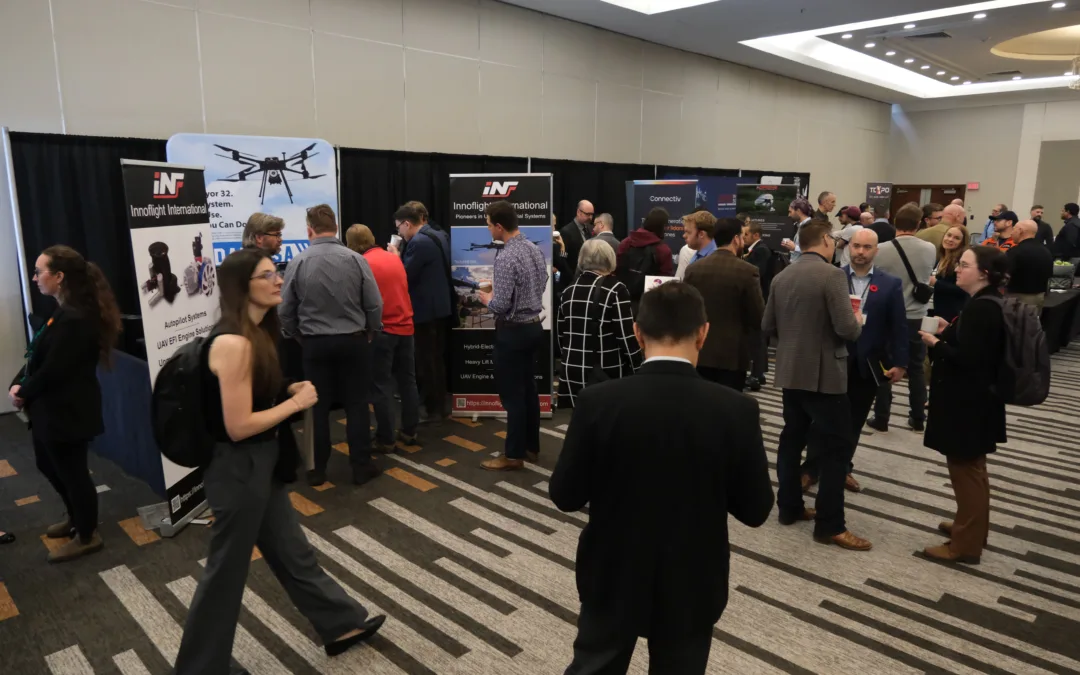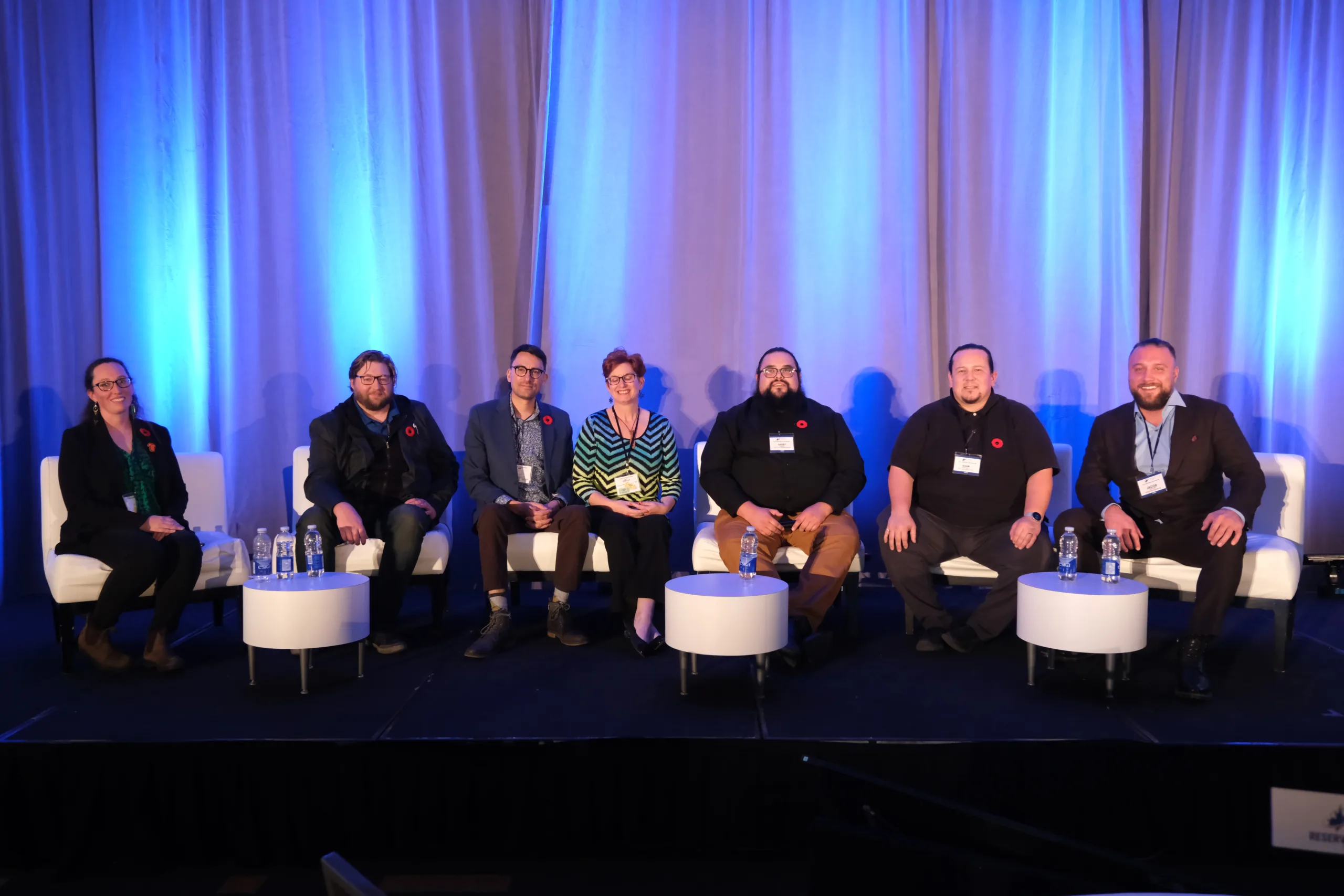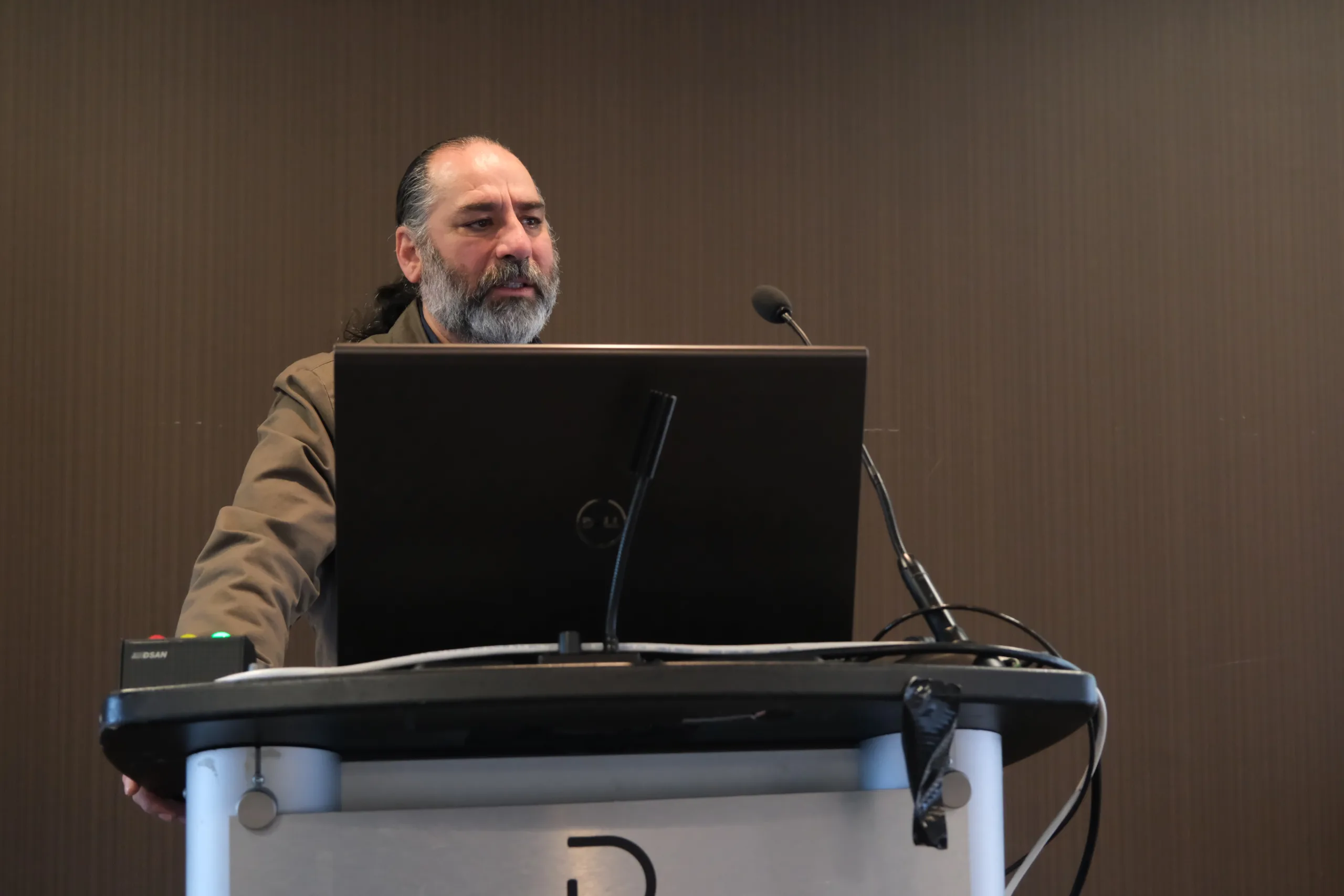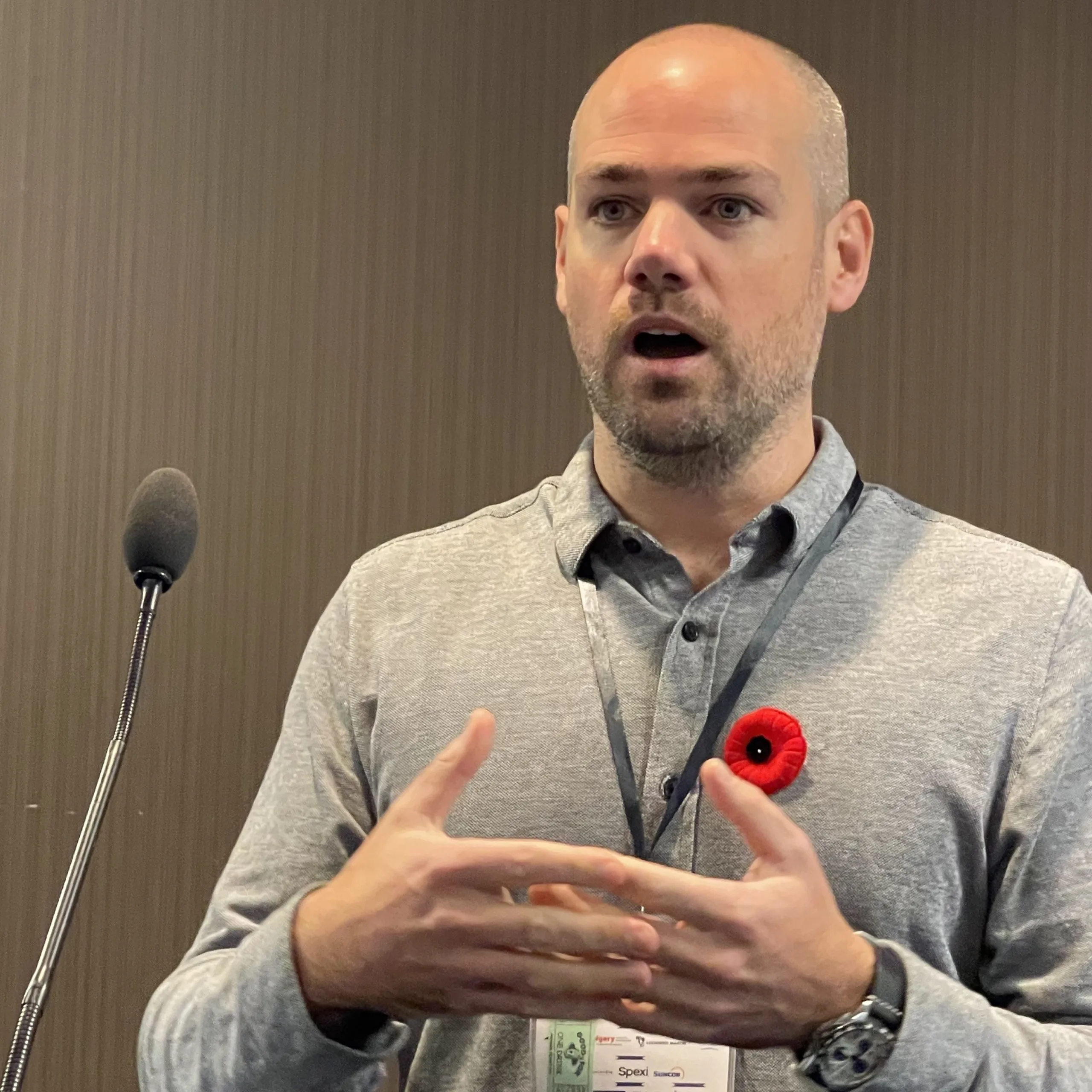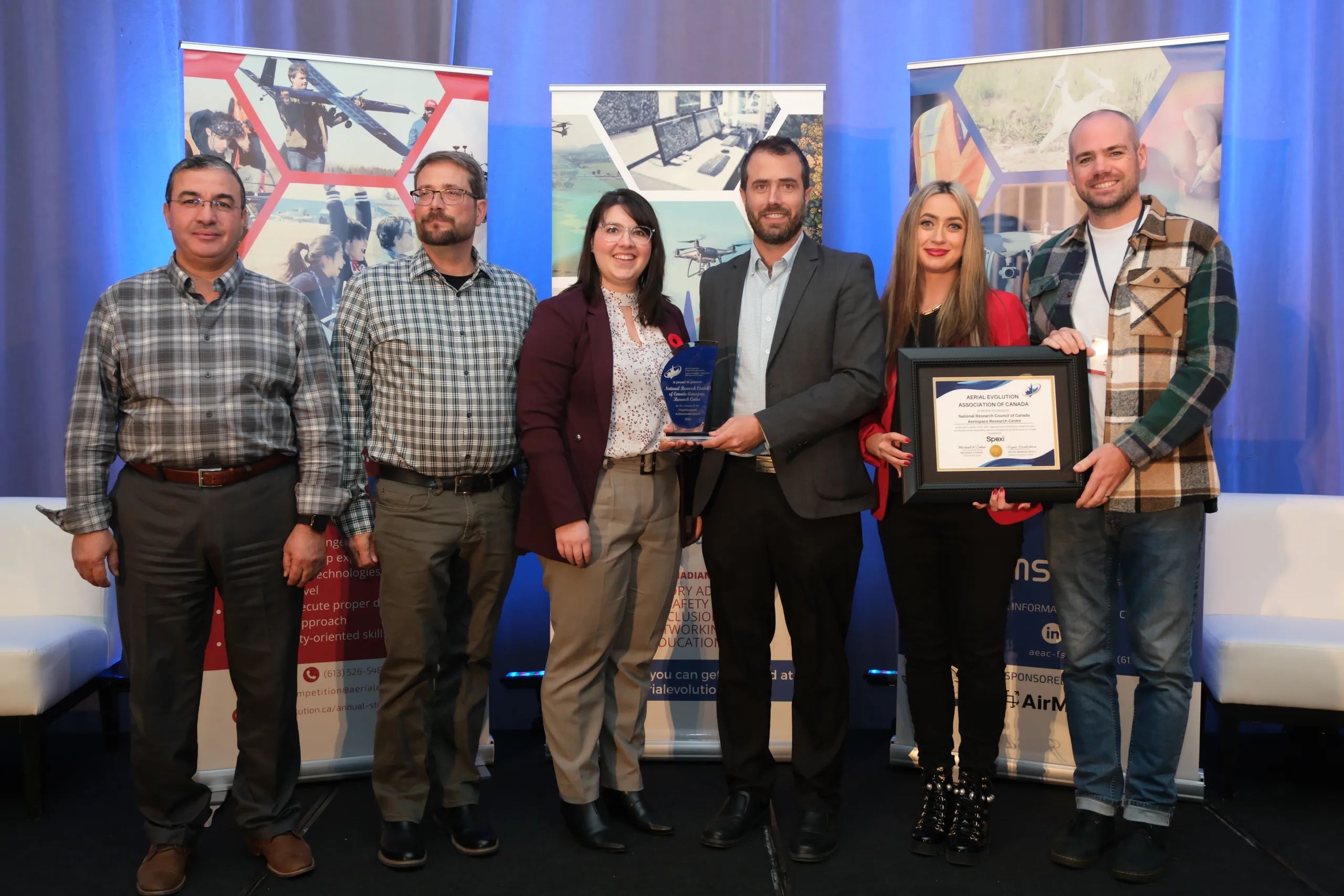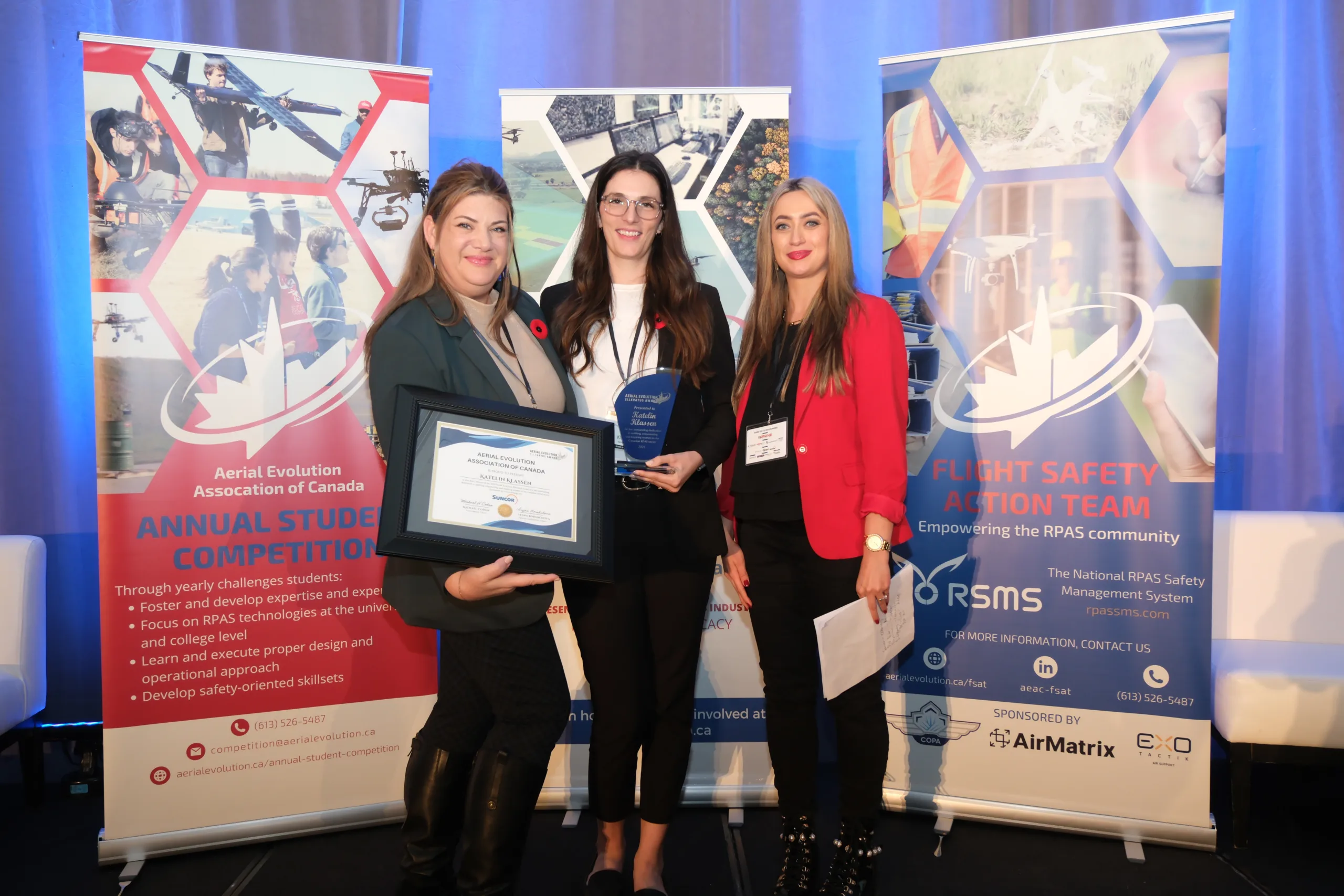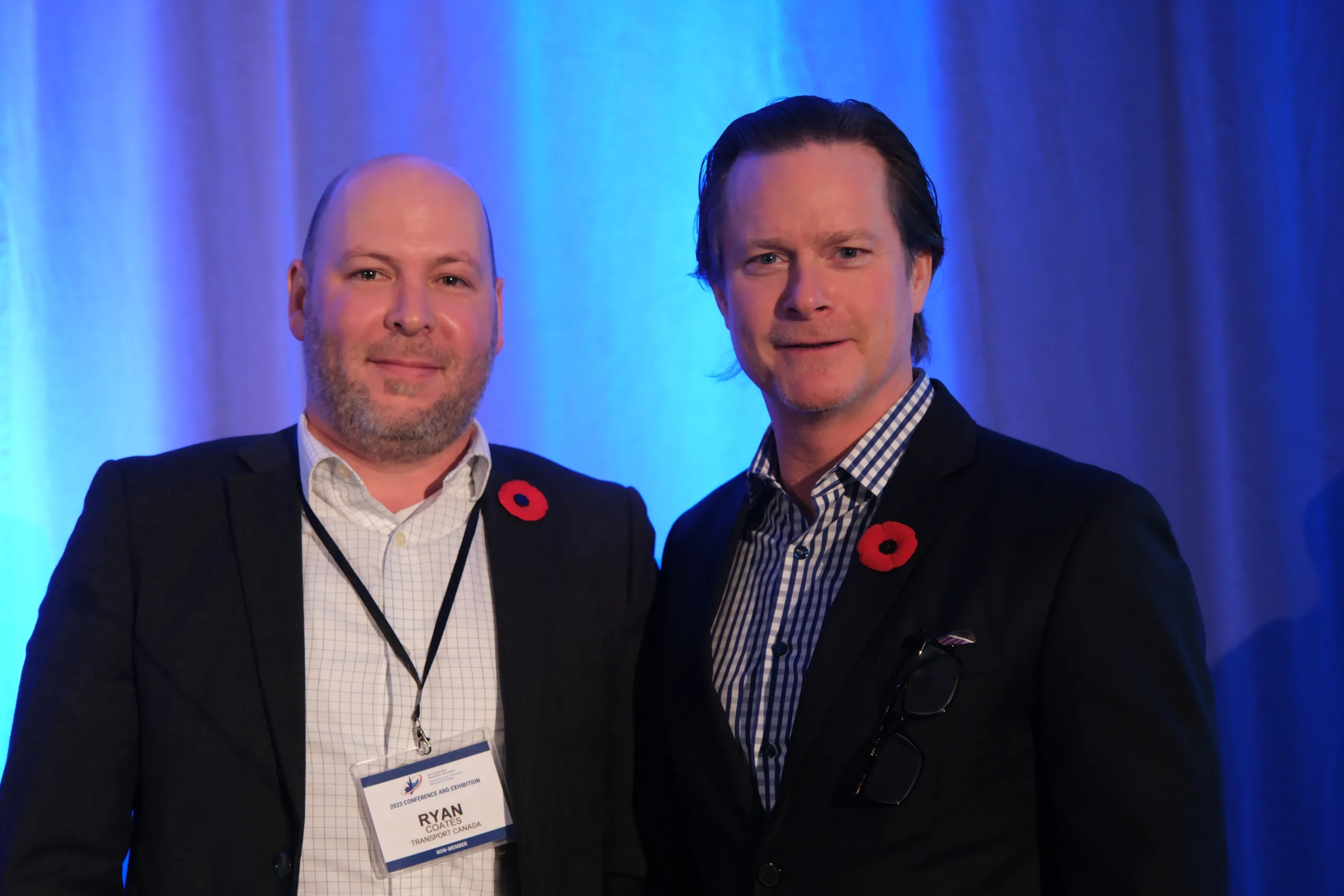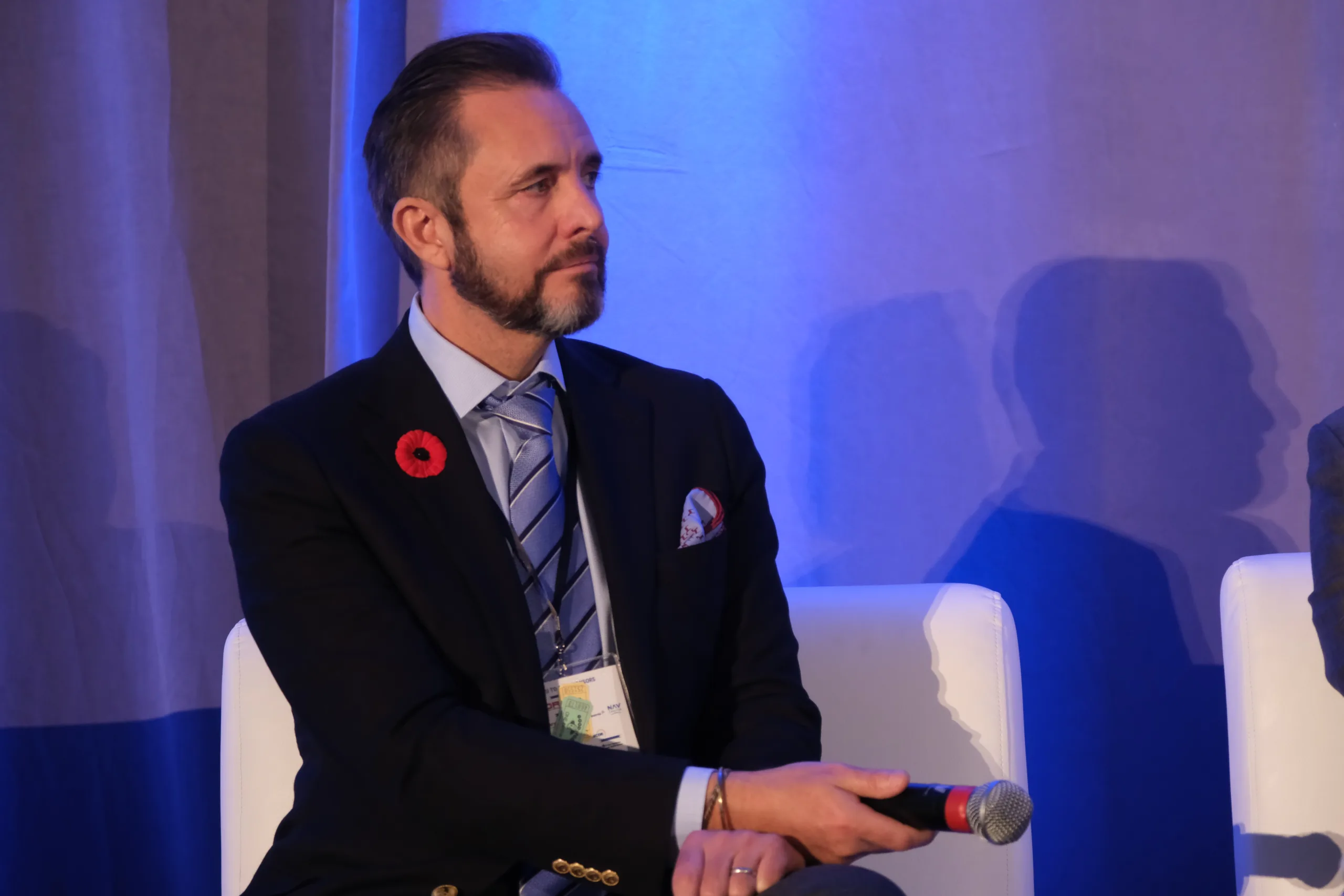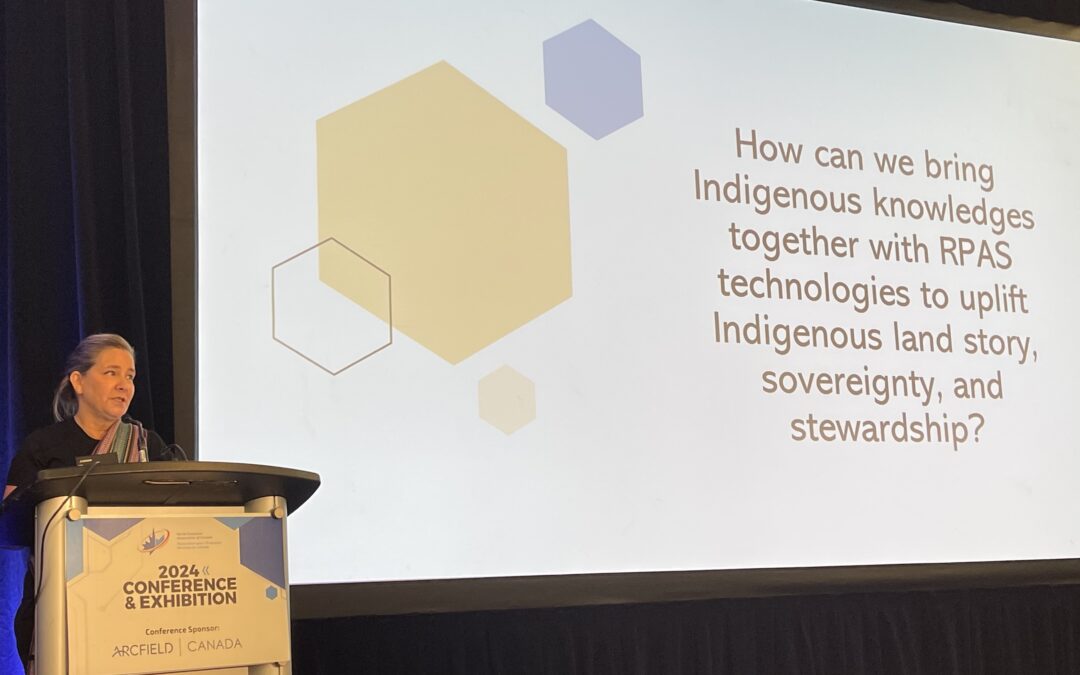
Teara Fraser looks to give others “wings” and advance reconciliation
By Scott Simmie
Aviation entrepreneur and Métis champion Teara Fraser has a lot to say.
And, during the recent Aerial Evolution Association of Canada’s annual conference and exhibition in Ottawa, she took the opportunity to touch on a broad variety of topics – ranging from the impact of Residential Schools through to sustainable aviation, RPAS and Advanced Air Mobility.
She didn’t pull any punches. The land where the conference took place, she pointed out, is on unceded Anishinabe Algonquin territory.
“These are stolen lands” she emphasized bluntly.
To further stress the point, she encouraged attendees to check out the Native Land Digital website. It outlines, on a global scale, why the term First Nations exists: Indigenous peoples were, obviously, the original inhabitants far longer than the settlers who now occupy those lands.
It’s one thing to say it, but another to look at the website’s global map. It’s an eye-opener, and you can enter your own address to see who was here first:
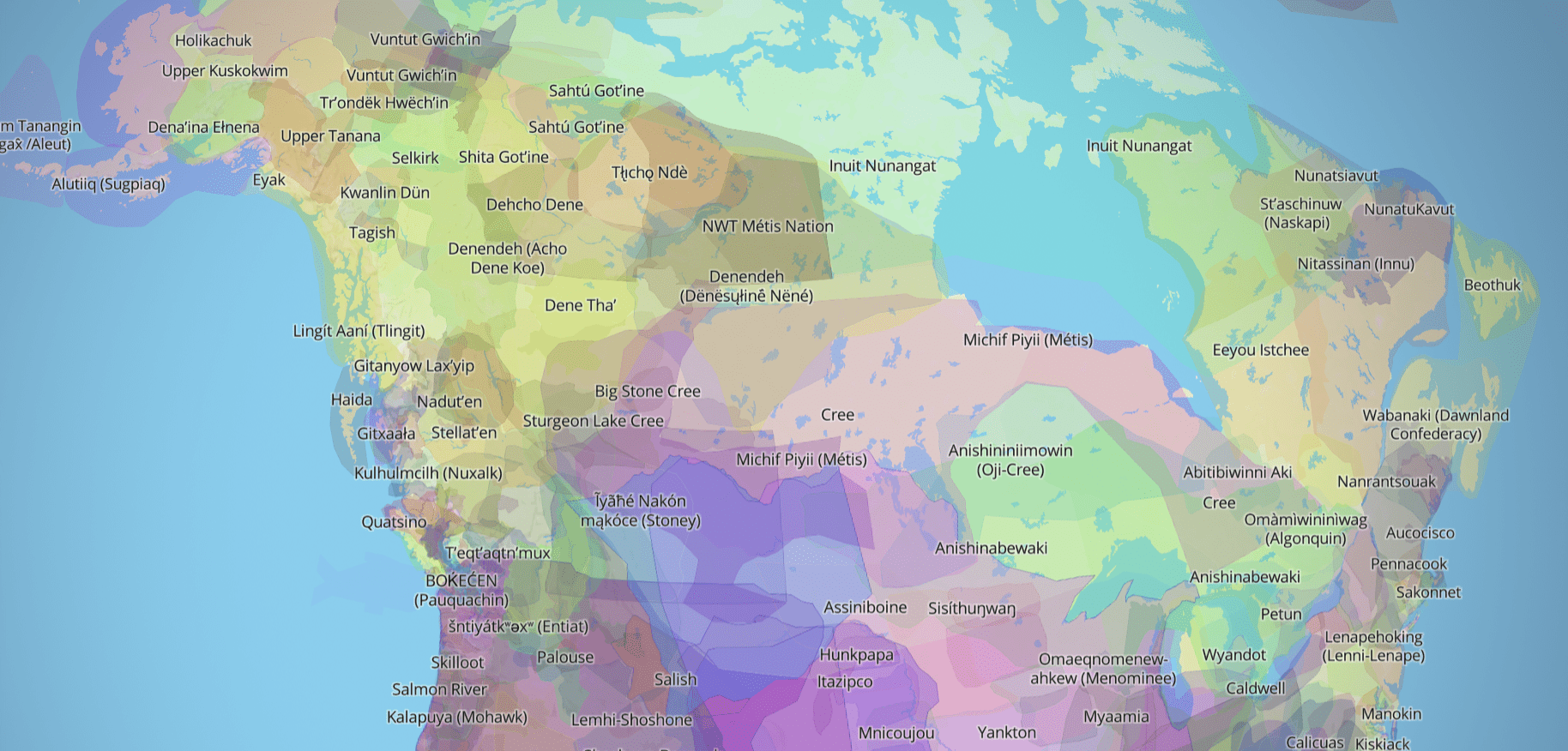
FRASER’S BACKSTORY
Fraser has had quite the journey.
Her Grandfather was born in remote Fort Chipewyan, a hamlet in northern Alberta colloquially known as Fort Chip. On the western tip of Lake Athabasca, it’s right next door to Wood Buffalo National Park – the second-largest national park in the world (44,741 square kilometres, or larger than Switzerland). That park is also home to half of the globe’s endangered wood bison population. It was established as a trading post back in 1788 and was named for the Chipewyan people who lived in the area.
Her Grandfather was raised in the Métis way, but – like so many Indigenous people – was taken from his home in the failed assimilation attempt of the Residential School system. Fraser did not elaborate on the impact, but few emerged from that horrific system without deep scars. She did, however, say that she grew up in “intergenerational poverty.”
By the time she was 30, she was a single mother of two who hadn’t finished high school. She was still struggling to make ends meet. But she had aspirations. And one day she sat down in a Chapters – in the self-help section – and wrote down a bucket list. It was kind of a dream, really, but she knew that one day she wanted to go to Africa, to see giraffes and zebras in the wild.
It felt so out of reach that she said “it seemed completely impossible…for someone like me.”
But – against all odds – she did go back in 2001. And, fortuitously, she took an aerial tour. From the moment she stepped inside that plane, her first experience in a small aircraft, It was breathtaking…and life-changing.
“To witness the land in that way changed everything for me. When I went on this flight, I was like: ‘I’m going to be a pilot. I will never forget that moment. I didn’t care what it would take to become a pilot – that’s what I was going to do.'”
But there was still that voice in her head, the one that told her such dreams were impossible. She recalls some negative self-talk: “‘C’mon, sweetie. Honey, you have no access to money, you have no education. It’s just not possible.'”
But she wasn’t going to let that stop her.
“Two weeks later, I went skydiving.”
If you’re starting to get a sense that you should never underestimate Fraser when she has a vision in her head, you’re on the right track.
“Less than one year later, I had my commercial pilot’s license and my journey in aviation was about to begin,” she recalled.
“GAVE ME WINGS”
Her aviation career included piloting the Dash 8 (Q400), a turboprop capable of flying at near jet-like speeds. She worked overseas in Nigeria, then eventually started a company in 2010 called Kîsik Aerial Survey (with her partner at the time) – which did large-format, precision captures. That company would last more than six years (she sold it in 2016), and was the beginning of Fraser’s driven work as an entrepreneur. She served as Director of the British Columbia Aviation Council from 2011 to 2013 (and again from 2018 to 2020).
While aviation has been central to her life since obtaining her license, that passion is shared equally with making a difference in the Indigenous community, and also helping others outside of that circle connect, engage with, and learn about First Nations, Métis, and Inuit peoples. To that end, she established the Indigenous Lift Collective in early 2018. The non-profit corporation’s stated mission is “collectively LIFTing, amplifying, celebrating, and connecting Indigenous peoples for a sustainable, thriving, and better world. Indigenous LIFT Collective is a collective that acts as a home to wide-ranging initiatives who ALL LIFT the voices, stories, businesses, communities and nations of Indigenous peoples.”
Just a month after launching that initiative, she founded Iskwew Air (pronounced ISS-KWAY-YO) – a Cree word for ‘woman.’ As its website explains, “The name was chosen to celebrate the first Indigenous woman-owned airline, all women, and all those lifting women. It was chosen as an act of reclamation of womanhood, matriarchal leadership, and language.”
Fraser received her operating certificate for that airline October 19, 2019. And, of course, it wasn’t long before COVID-19 upended the entire world.
“An airline startup is even harder in a global pandemic,” she said dryly. Soon, Iskwew air was delivering PPE and other critical supplies into Indigenous communities.
Iskwew Air now carries out six flights daily between the town of Qualicum Beach on Vancouver Island and Vancouver, with four flights daily on weekends. In June of 2024, Raven Indigenous Capital Partners announced a $1,750,000 investment in Iskwew Air. In addition to that equity investment, Iskwew announced the addition of the third Piper Navajo in its fleet, named “Baby Bison.”
But Iskwew air doesn’t simply transport passengers and goods. It also helps Fraser in her vision of encouraging young Indigenous people who have an interest in aviation, via her Indigenous Lift Collective. You’ll see Teara Fraser in this video:
WAIT, THERE’S MORE
Fraser has already accomplished more than many will in their lifetime. But she’s not finished yet.
She is also the CEO of elibirdaero, which offers flight training and everything from ground school courses through to Private Pilot License, Commercial Pilot License, Night and Instrument Rating – even aircraft maintenance (elibird is a BC training centre for the Foundational Training Program (FTP) Aircraft Service Technician (FAST) with the approval of the Canadian Council for Aviation and Aerospace.
And yes, there’s even more. elibird aero has put down a deposit on two electric training aircraft, part of its commitment to sustainability and respecting the planet. Fraser is emphatic on the company’s desire for minimal impact on the natural world, and sees that as a driving force for plans to expand fully into the coming world of sustainable Advanced Air Mobility. elibird aero’s long-term roadmap includes just about everything related to the world of AAM, including RPAS, aerodromes, aero technology and more.
While on that path, she’s mindful of her commitment to First Nations, Métis and Inuit peoples, and wants to see these technologies benefit them. In fact, she gave the conference a brief outline of the “Highway of Tears” – a 719-kilometre road between Prince George and Prince Rupert in BC that passes through 23 First Nations communities. More than 40 people, mostly Indigenous and mostly women and girls, have been murdered or gone missing along that route since its completion in 1970. How, she wondered, might RPAS technology be implemented to potentially keep this road safer?
RECOGNITION
Fraser has received multiple honours for her work. But there’s one she’s particularly proud of. DC Comics produced a graphic novel featuring Wonder Woman on its cover. It’s called: Wonderful Women of the World.
“Wonder Woman has been an inspiration for decades, and while not everyone would choose her star-spangled outfit for themselves, her compassion and fairness are worthy of emulation,” says the DC website. “We’ll be presenting tales of the real-world heroes who take up Diana’s mantle and work in the fields of science, social justice activism, diplomacy and more!”
The book is divided into five sections: Strength, Compassion, Justice, Truth and Equality. It includes profiles of former Supreme Court Justice Ruth Bader Ginsberg, environmental activist Greta Thunberg, space shuttle astronaut Ellen Ochoa and even Beyoncé. And at the top of the list in the DC synopsis? Teara Fraser.
“It was an incredible honour to be included in this anthology,” Fraser told the audience.
Below: The cover of the DC Comics graphic novel

NEXT STEPS
Teara Fraser, obviously, has many plans for her companies and advocacy. But, she emphasized, those in attendance at the conference can make their own contributions on the path toward reconciliation and inclusion.
First off, she encouraged people to learn. Whether it’s checking out the Native Lands Digital website mentioned above or reading the summary of the Truth and Reconciliation Commission’s report, she suggested that the first steps include gaining some knowledge –and then putting that knowledge into action.
“Who are the Indigenous businesses in this space, and how are you supporting them?” she asked.
“The country is built on the genocide of Indigenous peoples… Co-creating the conditions for Indigenous business to thrive is the single most natural, swift, and effective pathway to economic reconciliation in our country. Indigenous people bring so much wisdom; we have so much to learn from Indigenous people.”
Over the years, there have been many outstanding speakers at the annual conferences of the Aerial Evolution Association of Canada. Never has one held such undivided attention of the audience. You could literally hear a pin drop through the presentation, which was greeted with the most extended standing ovation seen at this event.
Immediately after she finished speaking, she helped moderate an Indigenous panel. She was joined by Darcy Hunt, Founder and CEO of Aboriginal Training Services Limited and Kimberly Mike, an Advanced Pilot with Stinson Aerial Services. The trio sat on stage, with a fourth empty chair. Audience members were invited into that circle to discuss any topic – whether related to RPAS, Canada and Indigenous Peoples…anything.
It was powerfully symbolic of reconciliation, the path forward – and the work that still remains to be done.
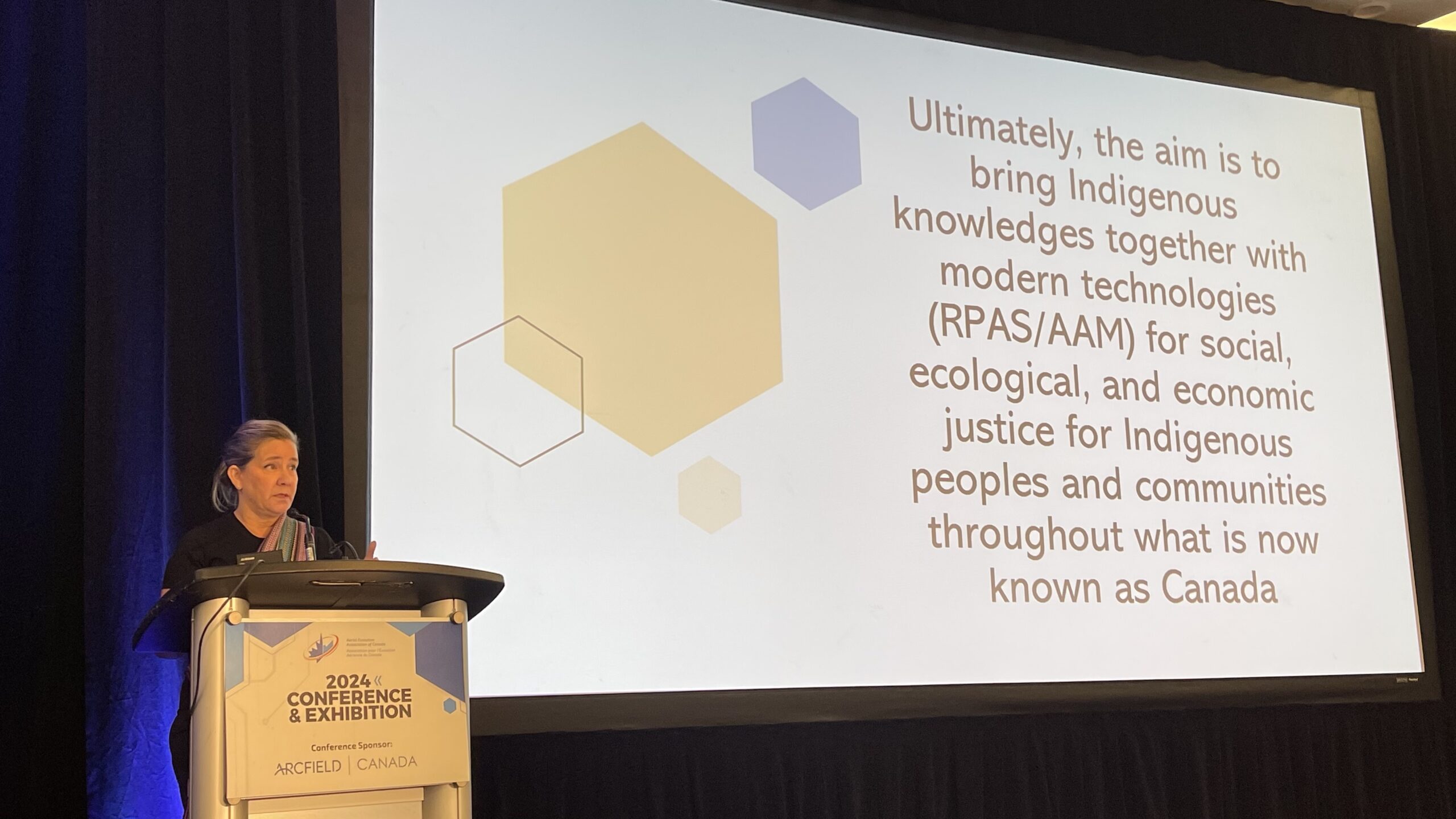
INDRO’S TAKE
We were pleased to see Teara Fraser make such an impactful presentation at the AEAC Conference and Exhibit. As both an entrepreneur and advocate, she’s made (and continues to make) a big and positive difference in the aviation, AAM and Indigenous spaces. InDro Robotics has long tried to work closely with First Nations peoples whenever possible. We remain particularly proud of our work during the COVID-19 pandemic, when we transported test kits from Penelakut to and from the mainland with BVLOS drone flights. This enabled a healthcare worker to remain at the clinic and serve the community, rather than take the long ferry ride twice a day to hand-deliver.
“Teara Fraser is an impressive individual and I’m proud to call her a friend,” says InDro Robotics Founder and CEO Philip Reece. “Her impact on the aviation world in BC cannot be overstated, and the same goes for her advocacy and mentorship. We look forward to future opportunities to work with, collaborate with and engage with First Nations communities, and with Teara herself.”
We encourage readers to take Teara’s advice on that path to reconciliation, starting with the websites she mentioned..

